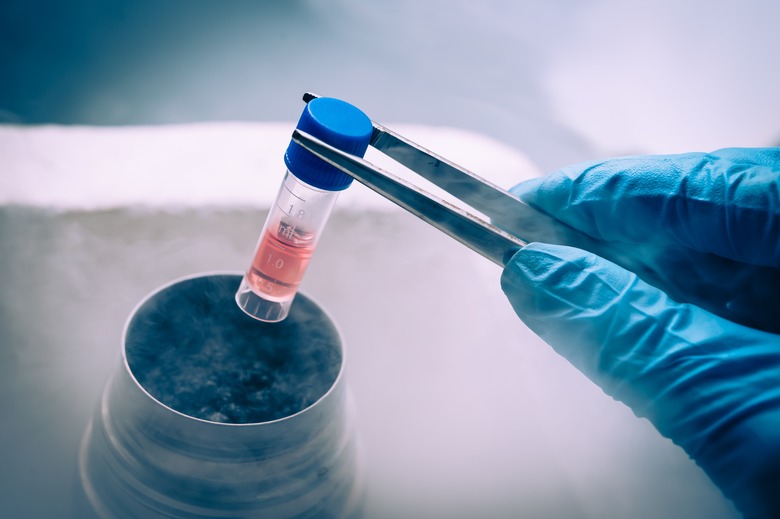What Is A Standardized Variable In Biology?
In biological experiments, standardized variables are those that remain the same throughout the experiment. But there are several different variables that help a scientist discover new information. The independent variable is the aspect of the experiment that is changed or manipulated to find an answer, while the dependent variable is the part of the experiment that is affected by the change in the independent variable.
Biological experiments are often very complex, and it is a challenge to keep many variable standardized. This means that experimental results often show correlation rather than causation. That is, the results may show that the independent variable is involved in a change in the dependent variable, but it may or may not not be the cause of that change.
TL;DR (Too Long; Didn't Read)
In biological experiments, independent variables are the aspects of the experiment that are manipulated or adjusted to to answer a hypothesis, while dependent variables are the parts of the experiment affected by those changes. Standardized variables are the parts that must remain the same to avoid muddying the results, because if they aren't controlled, it would be less clear whether the changes to the independent variable caused the changes in the dependent variable.
Remain Constant
Remain Constant
The standardized variables in an experiment are designed to always be the same. For example, in an experiment determining whether or not age (an independent variable) has an effect on ease of weight loss (the dependent variable), all other aspects of the experiment other than age must be the same between groups.
If there is a group of 25-year-old men and a group of 45-year-old men being tested, researchers must attempt to keep everyone's diets, exercise programs and stress levels the same. Diet, exercise and stress in this example are standardized variables – the variable is kept constant, or "standardized," for each group. Of course, that is not necessarily possible to achieve in reality, so this is an instance where you might find a connection between age and weight loss, but maybe not a causation.
Allow Broad Application
Allow Broad Application
With standardized variables, experimental results can be interpreted more easily across an entire population. If an experiment studies how well a certain seed grows in heavy rainfall versus light rainfall, then factors such as light, heat, planting depth and fertilizer must be standardized. If they are standardized, then the experimenter can say the results would apply anywhere these seeds are planted.
If these standardized variables change without being controlled, then there's no way to draw conclusions about the experiment. For example, if the plants all had different exposure to sunlight, then any difference in growth could be due either to the difference in rain OR the difference in sunlight.
Show Effect
Show Effect
If the other variables are standardized, then an experimenter can comfortably say that the independent variable is actually having an effect. In an experiment comparing two different types of seeds, if one group of seeds gets watered twice as much as the other group of seeds, then an experimenter has no idea if the independent variable (the type of seed) affected the results, or if it was the difference in the amount of water the seeds received that effected the change, or a little of both. By standardizing the variable of water by keeping the amount the same with both sets of seeds, the experiment can show that the independent variable is related to the dependent variable (the difference in growth) of the plants.
Variable Example
Variable Example
In an experiment determining if a new drug lowers cholesterol levels more than a placebo or more than another drug does, the independent variable is the type of drug administered. The dependent variable is the level of cholesterol, and the standardized variables are the age of the subjects, the relative health of the subjects, the additives or fillers in the drugs or placebo, the frequency of the drug administration and the frequency with which the cholesterol levels are checked, et cetera. In practice, it is very difficult to control all of these other variables, so there is usually a partial standardization for a complex study like this. This means that it is understood that any change found may be connected to the type of drug, but could also be due to other factors.
Cite This Article
MLA
Murdock, Rachel. "What Is A Standardized Variable In Biology?" sciencing.com, https://www.sciencing.com/standardized-variable-biology-8718452/. 17 May 2018.
APA
Murdock, Rachel. (2018, May 17). What Is A Standardized Variable In Biology?. sciencing.com. Retrieved from https://www.sciencing.com/standardized-variable-biology-8718452/
Chicago
Murdock, Rachel. What Is A Standardized Variable In Biology? last modified March 24, 2022. https://www.sciencing.com/standardized-variable-biology-8718452/
